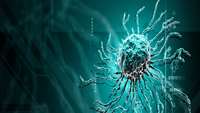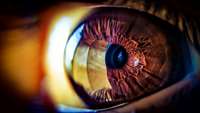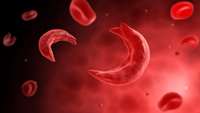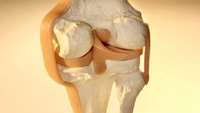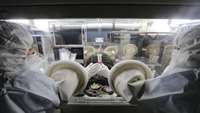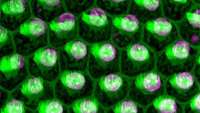Stem cells express genes differently in the lab dish than in the body
Stem cells in the body have a significantly different gene-expression profile than do the same cells when they’re isolated in a lab dish, according to researchers at the Stanford University School of Medicine.
How Stem-cell Treatment will Reform the Healthcare Industry
Being born into a business family is a matter of coincidence, but taking the legacy to another level after spotting business opportunities in the diverse domains is sheer brilliance.
NICE approves gene therapy for rare bubble baby syndrome
Strimvelis, a treatment for an ultra-rare inherited immune deficiency condition that has been dubbed ‘bubble baby syndrome’ has been approved by NICE in draft guidance
Stem cell therapy shows promise for common cause of blindness
Results from two early clinical trials show that it may be possible to use human embryonic stem cells as treatment for the dry form of macular degeneration, according to presentations given today at AAO 2017, the 121st Annual Meeting of the American Academy of Ophthalmology
Outcomes of Unrelated Donor Stem Cell Transplant with Post-Transplant Cyclophosphamide for Graft- Versus-Host Disease Prophylaxis in Patients with Severe Sickle Cell Disease.
Unrelated donor (URD) hematopoietic cell transplants (HCT) in children with sickle cell disease (SCD) is associated with a high incidence of rejection and graft versus host disease
Single-Dose Gene-Replacement Therapy for Spinal Muscular Atrophy
Spinal muscular atrophy type 1 (SMA1) is a progressive, monogenic motor neuron disease with an onset during infancy that results in failure to achieve motor milestones and in death or the need for mechanical ventilation by 2 years of age
Cell-laden composite suture threads for repairing damaged tendons
Tendons have limited regenerative capacity due to their low cellularity and hypovascular nature, which results in poor clinical outcomes of presently used therapies.
Transplantation of wild-type mouse hematopoietic stem and progenitor cells ameliorates deficits in a mouse model of Friedreich’s ataxia
Friedreich’s ataxia (FRDA) is an incurable autosomal recessive neurodegenerative disease caused by reduced expression of the mitochondrial protein frataxin due to an intronic GAA-repeat expansion in the FXN gene.
Japan faces new competition in the race for regenerative medicine
Masaya Nakamura can pinpoint the moment when he decided to dedicate his life to researching and treating spinal cord injuries.
Inner ear stem cells may someday restore hearing
Inner ear stem cells can be converted to auditory neurons that could reverse deafness, but the process can also make those cells divide too quickly, posing a cancer risk, according to a study led by Rutgers University-New Brunswick scientists.



